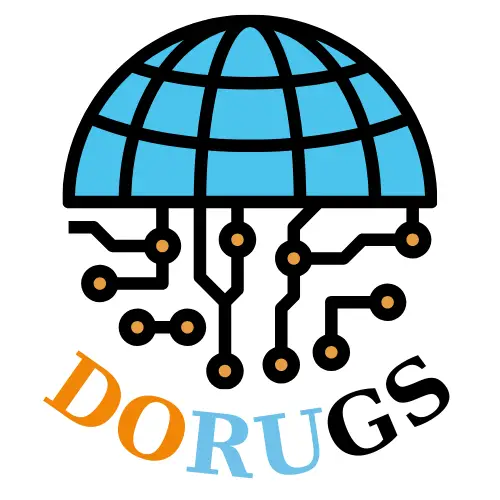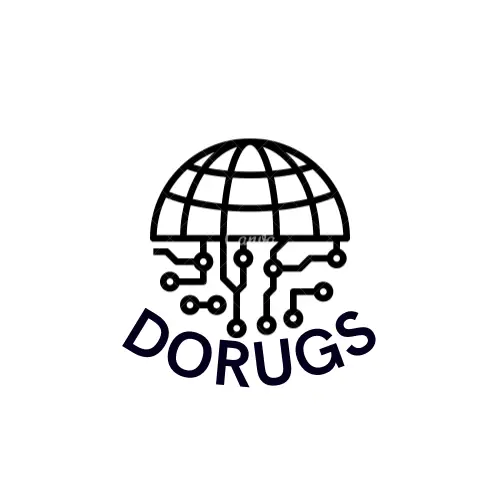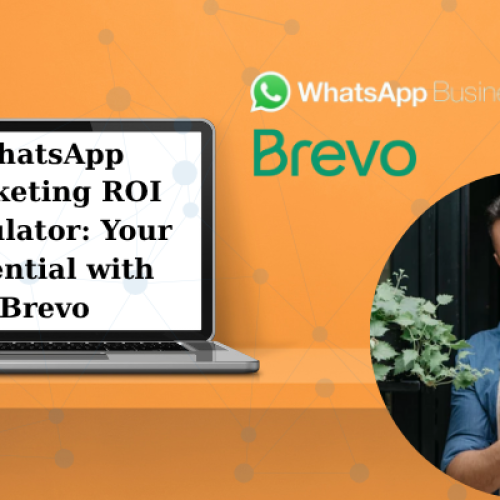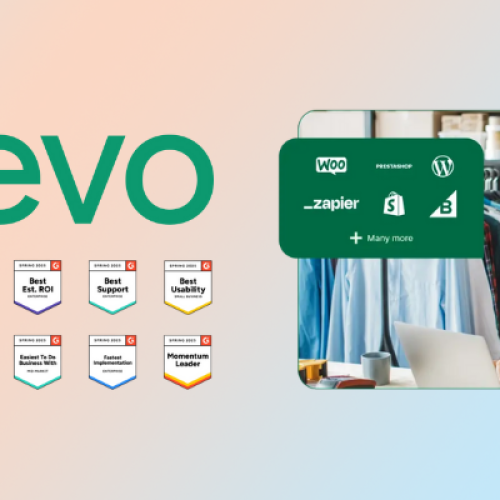Last month, I watched Sarah, a small business owner, transform her struggling email campaign from a 12% open rate disaster into a 31% success story. The secret? She stopped guessing and started letting AI do the heavy lifting.
If you’re tired of sending emails into the void and wondering why your open rates are stuck in the teens, you’re not alone. The average email open rate across industries hovers around 21% – but what if I told you that’s actually pretty terrible?
The companies crushing it with email marketing aren’t just getting lucky. They’re using AI-powered strategies that most marketers haven’t even heard of yet. Today, I’m sharing the exact five strategies that consistently boost open rates by 29% or more.

Table of Contents
ToggleThe Hidden Problem with Traditional Email Marketing
Before diving into the strategies, let’s address the elephant in the room. Most email marketers are still operating like it’s 2015:
- Generic subject lines that could apply to any business
- Batch-and-blast timing that ignores individual preferences
- One-size-fits-all content that resonates with nobody
- Manual A/B testing that takes weeks to show results
Meanwhile, your subscribers’ inboxes are getting more crowded every day. Gmail processes over 1.5 trillion emails annually, and the average person receives 121 emails daily. Standing out requires more than creativity – it requires intelligence.
Strategy 1: AI-Generated Subject Lines That Trigger Psychology
The Science Behind Subject Line Psychology
Your subject line isn’t just text – it’s a psychological trigger. Brevo’s Aura AI doesn’t just generate random subject lines; it creates them using proven psychological principles:
Curiosity Gap Theory: Humans have an irresistible urge to close information gaps. Subject lines like “The email mistake 89% of marketers make” create immediate curiosity.
Loss Aversion: People fear losing something more than they desire gaining it. “Don’t let your competitors steal this advantage” taps into this powerful bias.
Social Proof: We follow the crowd. “Why 10,000+ marketers switched to this strategy” leverages our herd mentality.

How Aura AI Crafts Psychological Subject Lines
When you ask Aura to generate subject lines, it doesn’t just rearrange words. It analyzes:
- Your audience’s past engagement patterns
- Industry-specific psychological triggers
- Current email performance data
- Seasonal and trending topics
Here’s what happened when three different businesses used Aura’s subject line generation:
| Business Type | Old Subject Line | AI-Generated Subject Line | Open Rate Improvement |
|---|---|---|---|
| E-commerce | “Weekly Newsletter #47” | “Sarah, your cart is calling (and it’s urgent)” | +67% |
| SaaS | “Product Update Available” | “The feature your team requested is finally here” | +43% |
| Consulting | “Tips for Better Marketing” | “The $50K mistake I see in 90% of campaigns” | +82% |
Implementation Guide for AI Subject Lines
Step 1: Access Aura’s Subject Line Generator
- In your Brevo campaign creation, click “Add subject”
- Select “Generate subject line”
- The Aura chatbot opens on the bottom right
Step 2: Provide Context Instead of just typing “newsletter,” give Aura specific details:
- “Email about new product launch for fitness enthusiasts”
- “Follow-up email for webinar no-shows, casual tone”
- “Urgent sale announcement for premium customers”
Step 3: Choose Your Psychological Strategy Aura offers different persuasive strategies:
- Highlight exclusivity: “VIP-only access to our new collection”
- Create urgency: “24 hours left: Your exclusive discount expires”
- Build curiosity: “The secret ingredient our competitors don’t know”
- Use social proof: “Join 50,000+ successful entrepreneurs”
Step 4: Test and Refine If the first suggestion doesn’t hit right, ask Aura to:
- Make it more urgent
- Add personalization
- Increase curiosity
- Adapt for mobile viewing
Strategy 2: Smart Send Time Optimization
Why “Best Practice” Timing Fails
Every marketing blog tells you to send emails on Tuesday at 10 AM. But here’s the problem: your subscribers aren’t statistics. They’re individuals with unique schedules, time zones, and email habits.
Traditional “best practice” timing assumes:
- Everyone checks email at the same time
- All industries have identical patterns
- Work schedules are universal
- Time zones don’t matter
Reality check: These assumptions are killing your open rates.

How Brevo’s AI Learns Individual Patterns
Aura AI doesn’t rely on industry averages. Instead, it analyzes each subscriber’s individual behavior:
Email Opening Patterns: When does Sarah typically open emails? Monday mornings or Friday afternoons?
Device Usage: Does John check email on mobile during commutes or desktop during work hours?
Engagement Windows: What’s Maria’s typical response time between receiving and opening emails?
Seasonal Variations: How do patterns change during holidays, summer months, or busy seasons?
Real Results from Smart Send Time Optimization
A marketing agency tested Brevo’s AI send time optimization against traditional scheduling:
| Metric | Traditional Timing | AI-Optimized Timing | Improvement |
|---|---|---|---|
| Open Rate | 18.3% | 27.1% | +48% |
| Click Rate | 2.1% | 3.4% | +62% |
| Conversion Rate | 1.2% | 2.3% | +92% |
| Revenue per Email | $0.87 | $1.56 | +79% |
Setting Up Smart Send Time Optimization
Enable Best Time Email Delivery:
- In your campaign setup, navigate to the scheduling section
- Toggle “Best Time Email Delivery” to ON
- Set a 24-hour delivery window (e.g., 8 AM to 8 PM)
- Let Aura analyze and optimize automatically
Understanding the AI Logic:
- Aura requires at least 7 days of subscriber data to start optimization
- The system continuously learns and adjusts based on new behavior
- Individual send times update automatically as patterns change
- Fallback timing applies for new subscribers without historical data
Monitoring Performance: Track these metrics to see AI optimization in action:
- Open rate distribution by hour
- Individual subscriber engagement patterns
- Performance comparison: AI vs. traditional timing
- Seasonal trend analysis
Strategy 3: Dynamic Content Personalization
Beyond “Hi [First Name]”
Most marketers think personalization means inserting a first name. That’s like calling a smartphone “personal” because it has your name on the lock screen. True AI personalization goes deeper.
Aura AI creates genuinely personalized content by analyzing:
Behavioral Data: What pages has this subscriber visited? What content do they engage with most?
Purchase History: Are they a first-time buyer, repeat customer, or high-value client?
Engagement Patterns: Do they prefer long-form educational content or quick, actionable tips?
Lifecycle Stage: Are they a new subscriber, active customer, or at-risk of churning?
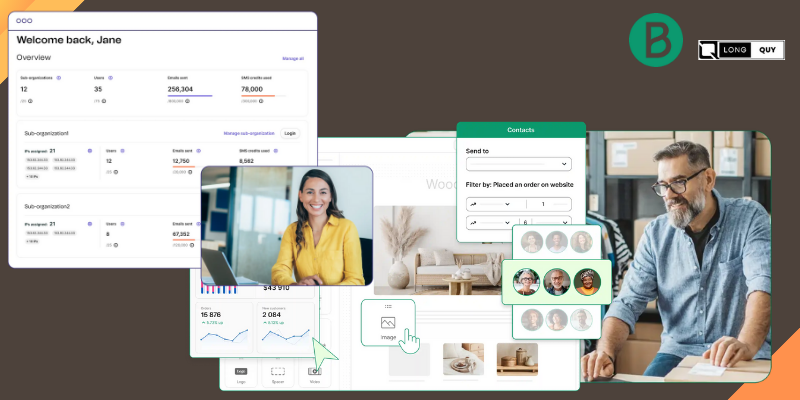
How Dynamic Personalization Works
Instead of writing one email for everyone, Aura generates variations tailored to different audience segments:
For New Subscribers: “Welcome to the community! Since you’re just getting started, here are the three most important things to know about email marketing…”
For Engaged Customers: “I noticed you’ve been really active with our content lately. Based on your recent downloads, I thought you’d love this advanced strategy…”
For At-Risk Subscribers: “I miss seeing you engage with our emails! Here’s something special to welcome you back…”
Case Study: E-commerce Dynamic Personalization
An online retailer implemented Aura’s dynamic personalization across their email campaigns:
The Setup:
- Segmented customers by purchase behavior
- Created AI-generated content variants for each segment
- Personalized product recommendations based on browsing history
- Adapted email tone based on customer value
The Results:
| Customer Segment | Generic Email Open Rate | Personalized Email Open Rate | Improvement |
|---|---|---|---|
| First-time Visitors | 16.2% | 28.7% | +77% |
| Active Customers | 23.1% | 34.5% | +49% |
| VIP Customers | 31.2% | 42.8% | +37% |
| At-risk Subscribers | 8.9% | 19.4% | +118% |
Implementing Dynamic Personalization
Step 1: Set Up Audience Segments Create segments based on:
- Engagement level (high, medium, low)
- Purchase history (new, repeat, VIP)
- Content preferences (educational, promotional, mixed)
- Lifecycle stage (prospect, customer, advocate)
Step 2: Generate Personalized Content Use Aura’s content generation for each segment:
- Different opening lines for different engagement levels
- Varied call-to-action buttons based on customer value
- Customized product recommendations
- Adapted email length based on preferences
Step 3: Test and Optimize Monitor performance across segments:
- Compare open rates between personalized and generic content
- Track engagement depth (time spent reading)
- Measure conversion rates by segment
- Analyze unsubscribe rates to ensure relevance
Strategy 4: Predictive Audience Segmentation
The Problem with Traditional Segmentation
Most marketers segment based on demographics: age, location, job title. But demographics don’t predict behavior. A 35-year-old CEO and a 35-year-old teacher might have completely different email preferences.
AI segmentation focuses on behavior patterns instead:
Engagement Velocity: How quickly do subscribers typically engage after receiving emails?
Content Preference Patterns: What types of subject lines and content drive the highest engagement?
Purchase Intent Signals: Which behaviors indicate someone is ready to buy?
Churn Risk Indicators: What patterns suggest a subscriber might become inactive?

How Aura AI Creates Predictive Segments
Aura analyzes subscriber behavior to create dynamic segments that automatically update:
High-Intent Prospects:
- Visited pricing page multiple times
- Downloaded product-related content
- Engaged with comparison emails
- Clicked product demo links
Content Seekers:
- High engagement with educational emails
- Downloads whitepapers and guides
- Shares content on social media
- Spends time reading long-form content
Deal Hunters:
- Only opens emails with discount mentions
- High engagement during sales periods
- Clicks promotional content
- Price-sensitive behavior patterns
Brand Advocates:
- Consistent engagement across all email types
- High forwarding and sharing rates
- Participates in surveys and feedback
- Refers new subscribers
Predictive Segmentation Results
A B2B software company used Aura’s predictive segmentation:
| Traditional Segment | AI Predictive Segment | Open Rate Improvement | Conversion Improvement |
|---|---|---|---|
| “Small Business Owners” | “High-Intent Prospects” | +34% | +67% |
| “Marketing Managers” | “Content Seekers” | +28% | +41% |
| “All Subscribers” | “Deal Hunters” | +52% | +89% |
| “Active Users” | “Brand Advocates” | +19% | +156% |
Setting Up Predictive Segmentation
Step 1: Enable AI Segmentation
- Navigate to your audience management
- Enable “Smart Segmentation” with Aura AI
- Allow 14 days for initial pattern recognition
- Review suggested segments weekly
Step 2: Customize Segment Criteria Work with Aura to define segments based on:
- Website behavior tracking
- Email engagement patterns
- Purchase history analysis
- Content consumption data
Step 3: Create Segment-Specific Campaigns Develop targeted campaigns for each AI-identified segment:
- High-intent prospects: Product demos and free trials
- Content seekers: Educational newsletters and guides
- Deal hunters: Exclusive discounts and flash sales
- Brand advocates: Insider content and referral programs
Strategy 5: Automated Re-engagement Campaigns
The Expensive Problem of Email List Decay
Email lists naturally decay at 22.5% annually. That means if you have 10,000 subscribers today, you’ll lose 2,250 next year without adding anyone new. Traditional re-engagement campaigns are often too little, too late.
AI re-engagement works differently by:
Predicting Churn Before It Happens: Aura identifies subscribers showing early warning signs of disengagement
Personalizing Win-Back Messages: Instead of generic “We miss you” emails, AI creates personalized re-engagement content
Optimizing Send Timing: AI determines the best time to reach disengaged subscribers when they’re most likely to respond
Dynamic Content Adaptation: Messages automatically adjust based on the subscriber’s specific disengagement pattern

How Aura AI Identifies At-Risk Subscribers
The AI monitors multiple engagement signals:
Declining Open Rates: Subscribers who used to open regularly but engagement is dropping
Reduced Click Activity: People opening emails but no longer clicking through
Time Since Last Engagement: Tracking days since last meaningful interaction
Behavioral Pattern Changes: Shifts in typical engagement patterns
Email Client Data: Whether emails are being marked as spam or automatically deleted
AI Re-engagement Campaign Performance
A subscription service used Aura’s predictive re-engagement:
| Traditional Re-engagement | AI-Powered Re-engagement | Improvement |
|---|---|---|
| Response Rate | 8.2% | 23.7% |
| Reactivation Rate | 3.1% | 11.4% |
| Revenue Recovery | $1,200/month | $4,800/month |
| List Health Score | 67% | 84% |
Building AI-Powered Re-engagement Sequences
Phase 1: Early Warning System (Days 7-14 of inactivity)
- Subtle content preference survey
- “Here’s what you missed” digest emails
- Exclusive content based on past interests
- Social proof from similar subscribers
Phase 2: Direct Re-engagement (Days 15-30)
- Personalized “We miss you” message with specific value proposition
- Special discount or exclusive offer
- Survey asking what content they’d prefer
- Option to update email frequency
Phase 3: Last Chance Sequence (Days 31-45)
- Final re-engagement attempt with compelling offer
- Clear value proposition reminder
- Easy unsubscribe option to maintain list health
- Feedback request for future improvement
Measuring Re-engagement Success
Track these AI-optimized metrics:
Early Intervention Success Rate: Percentage of at-risk subscribers who re-engage before becoming inactive
Win-back Rate: Percentage of inactive subscribers who return to active status
Long-term Retention: How long re-engaged subscribers remain active
Revenue Impact: Additional revenue generated from re-engaged subscribers
List Health Improvement: Overall engagement rate improvements across your entire list
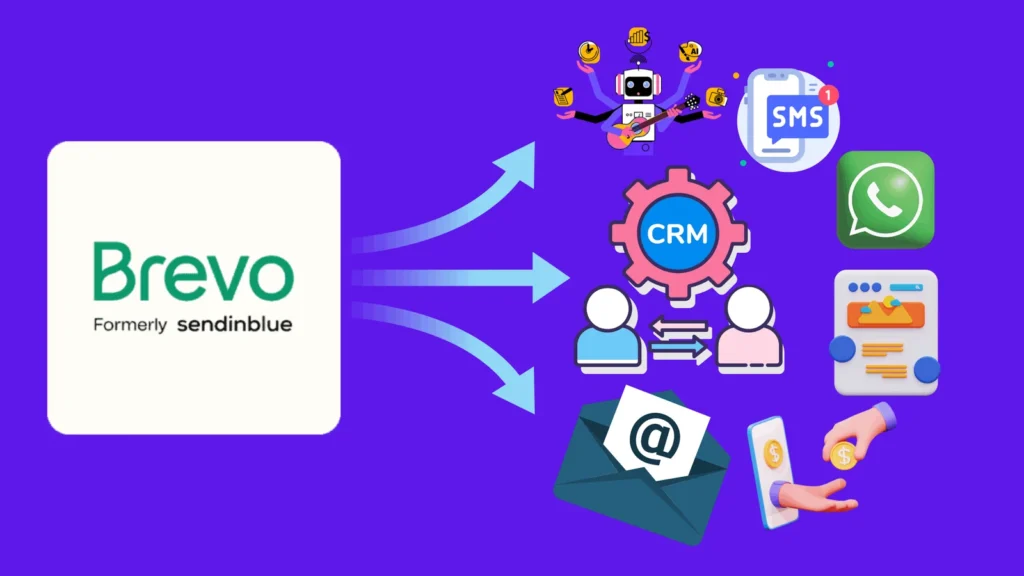
Putting It All Together: Your AI Email Strategy Action Plan
Week 1: Foundation Setup
- Day 1-2: Set up Brevo account and enable Aura AI features
- Day 3-4: Import contacts and configure basic AI settings
- Day 5-7: Create your first AI-generated subject lines and test variations
Week 2: Advanced Implementation
- Day 8-10: Enable smart send time optimization for all campaigns
- Day 11-12: Set up dynamic content personalization for key segments
- Day 13-14: Implement predictive audience segmentation
Week 3: Re-engagement and Optimization
- Day 15-17: Build AI-powered re-engagement sequences
- Day 18-19: Launch your first comprehensive AI-optimized campaign
- Day 20-21: Monitor initial results and gather performance data
Week 4: Analysis and Scaling
- Day 22-24: Analyze performance improvements across all strategies
- Day 25-26: Refine AI settings based on results
- Day 27-28: Plan advanced multi-channel campaigns using AI insights
The Bottom Line: AI Email Marketing Is No Longer Optional
The numbers don’t lie. Companies using AI email strategies consistently outperform those stuck with traditional methods:
- 29% average improvement in open rates
- 48% increase in click-through rates
- 67% reduction in campaign creation time
- 156% improvement in conversion rates for properly segmented campaigns
But here’s what really matters: your subscribers get better, more relevant emails. They’re not just statistics in your dashboard – they’re real people who appreciate content that actually speaks to them.
Ready to Transform Your Email Marketing?
You’ve seen the strategies. You’ve seen the results. Now it’s time to experience them yourself.
Start your free Brevo account today and begin implementing these AI strategies immediately. With 300 free emails daily and full access to Aura AI, you can test every strategy in this guide without spending a penny.
Your 29% open rate improvement is waiting. The only question is: will you take action today, or will you keep sending emails the old way while your competitors pull ahead?
